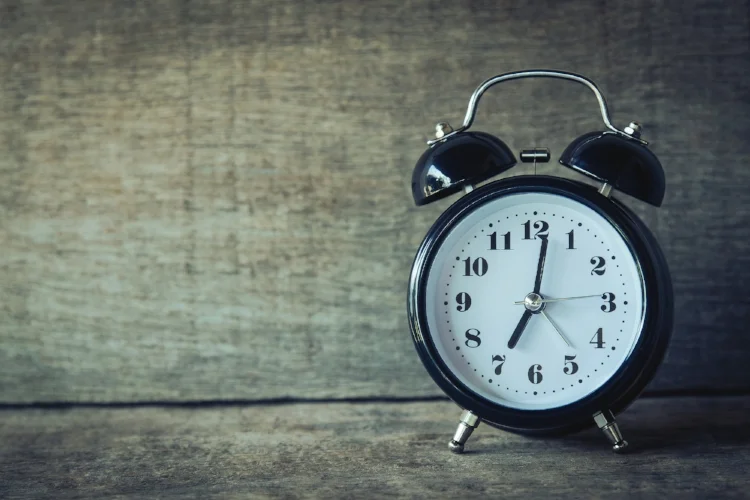Over the last three weeks, I've taught you how to Identify "false" fat loss stalls, how to ensure you're tracking correctly, and what to do if your fat loss actually stalls. (You should definitely read those if you haven't already.) Now let's talk about how to make a meal plan that gets results! The steps below are in order of importance.
Step 1: Energy Balance
Energy balance is simply the amount of energy we consume through food and drink (measured in Calories) minus the energy burned through biological functions and activity (again, measured in Calories). If we want to burn fat, we must have a negative energy balance, meaning we must burn more Calories than we consume.
This is non-negotiable. While macronutrients, micronutrients, food selection, food timing, and all those other details are of some value, if you miss this step, your ship is sunk. You will not lose weight, period. Remember not to miss the forest for the trees.
Step 2: Food Selection
I just mentioned that macronutrients were important. In fact, macronutrients are the second most important variable for fat loss and muscle gain. (Side note: Protein, carbs, and fat are the three macronutrients. One gram of protein contains 4 Calories. One gram of carbohydrate also contains 4 Calories. One gram of fat contains 9 Calories.) The way we control how many of each macronutrient we consume is through our food selection.
Protein
Protein is hands down the most important macronutrient when it comes to dieting for fat loss or for muscle gain. My rule is, if a meal doesn't contain at least 20g of protein, it isn't a meal. It's a snack. Ideally, a meal will contain between 30-50g of protein. There are two popular rules of thumb for protein consumption. The first is 1g of protein per pound of total body weight. The second is 1g of protein per pound of lean body mass. If you don't know your lean body mass, you can use your goal body weight as an approximation. For example, if you weigh 200 pounds and your goal is to weigh 150 pounds, you would consume 150g of protein per day. If you want to also gain muscle, the 1g of protein per pound of total body weight rule would be better.
Protein has two important effects on a diet:
Protein will help prevent you from losing muscle mass or possibly help you gain muscle during a fat loss diet. This is very important to ensure your metabolic rate stays high, ensuring continued fat loss.
Protein is satiating. A vitally important, but often overlooked, aspect of dieting is selecting foods that keep you full so you don't feel the need to keep eating.
The best place to get protein is through lean meats and low-fat dairy products.
Dietary Fat
Dietary fats are important for hormone health, skin health, and transporting fat-soluble vitamins (A, D, E, and K). 20-30% of your Calories should come from fat. Intentionally adding in fat sources typically isn't necessary. Most people will consume enough fat without having to intentionally add any. Some sources of dietary fat are nuts and seeds.
Carbs
After determining how much protein and fat you will be consuming, you will allot your remaining Calories to carbs. Don't think just because we are only assigning the leftover Calories to carbs, that they aren't important. Carbs are very important for performance in the gym, which is important for continued fat loss. Use the chart below when selecting your Carb based foods.
I want to point out that I do allow up to 20% of Calories to come from refined grains and added sugars aka "junk food". It is important to avoid being too restrictive to ensure long-term adherence; however, I would like to emphasize that I said up to 20%. In other words, 21% of Calories from junk food is too much.
Fiber
Fiber is a type of carb and is important for two reasons:
Fiber is very satiating and greatly improves the ability to adhere to a fat loss diet.
Fiber is important for maintaining the health of your digestive system.
You should aim to get a minimum of 30g of fiber per day. Some people report being bloated if too much fiber is consumed. A good target to aim for is 30-50g of fiber per day. You can achieve this if you stick to the chart above as the bottom four categories tend to be rich in fiber.
Micronutrients
I won't touch on each specific micronutrient. That would make for a very... very long article. What I will say is make sure to get some variety in your diet. While not a perfect rule, if you include many different colors of fruits and veggies in your diet, you will be off to a great start for covering your micronutrient bases. Also, including some red meat in your diet will help to avoid zinc deficiencies. On that note, if you are worried about micronutrient deficiencies, you could take a low-dose multivitamin.
Step 3: Calorie Distribution
I want to start by saying Calorie distribution does not have a direct impact on fat loss; However, it does have an impact on diet adherence, which makes it very important. There are two things to consider with Calorie distribution:
Number Of Meals
Studies suggest that 3-5 meals per day is the optimal range. That said, there isn't much difference in eating 3, 4, or 5 meals, so we can play with this a little. There are a couple of things to take into consideration when deciding on the number of meals you're going to eat in a day.
Do you get hungry often? Do you find yourself snacking often? (I'm referring specifically to snacking from being hungry, not snacking from boredom or stress.)
How many Calories do you have to work with?
If you feel the need to snack a lot, you may want to opt for 5 smaller meals rather than 3 larger ones. Personally, I don't feel the need to snack very often and would rather have 3 larger meals than 5 smaller ones. Eating more meals also requires more time.
If you are a smaller individual, particularly if you are a woman, this means you will have fewer Calories to work with. If you fall into this Category, I would recommend you eat fewer, larger meals. Let me give you an example.
Let's say to achieve your target rate of weight loss, you have to eat 1200 Calories. If you are eating 5 meals/day, you only get 240 Calories/meal, which will leave you constantly hungry because you don't eat enough in any one meal to fill you up. If you eat 3 meals/day, you get 400 Calories/meal, which almost doubles the size of your meal, which will leave you more satisfied and more likely to stick to your diet.
Scheduling Calories
In the modern era, we are busier than we've ever been. This can be a huge advantage to our fat loss efforts if we're careful. Think about it. When you're slammed at work, running errands, taking your kids to basketball practice, etc. you probably aren't thinking about being hungry. Use this to your advantage. Eat less while you're busy during the day so you can eat more when it's night time and there isn't as much going on.
If you aren't hungry when you wake up and it doesn't make you feel bad, skip breakfast. This will allow you to eat more in your later meals. Keep in mind, you don't have to distribute Calories evenly between meals. The method that many of my clients have had success with is structuring your Calories like an upside down pyramid. In other words, your first meal is the smallest, the next meal is slightly larger, and the majority of your Calories are saved for your last meal of the day. (No eating late won't make you fat.)
Takeaway:
Determine how many Calories you need to consume.
Determine the appropriate protein, carb, and fat intakes and select foods that help you hit those targets.
Determine how to distribute Calories to best fit your schedule, allowing more Calories to be eaten when you are typically the most hungry and/or least busy.
Thank you so much for reading. If you found this helpful or know someone who you think would benefit from this information, please give this a share on Facebook. If you'd like to be a Treadaway Training insider and never miss a post, you can enter your email below to be updated when new content goes live. I will be back next week to give some helpful tips for sticking to your diet. God bless you AND your family and I'll see you next time.




